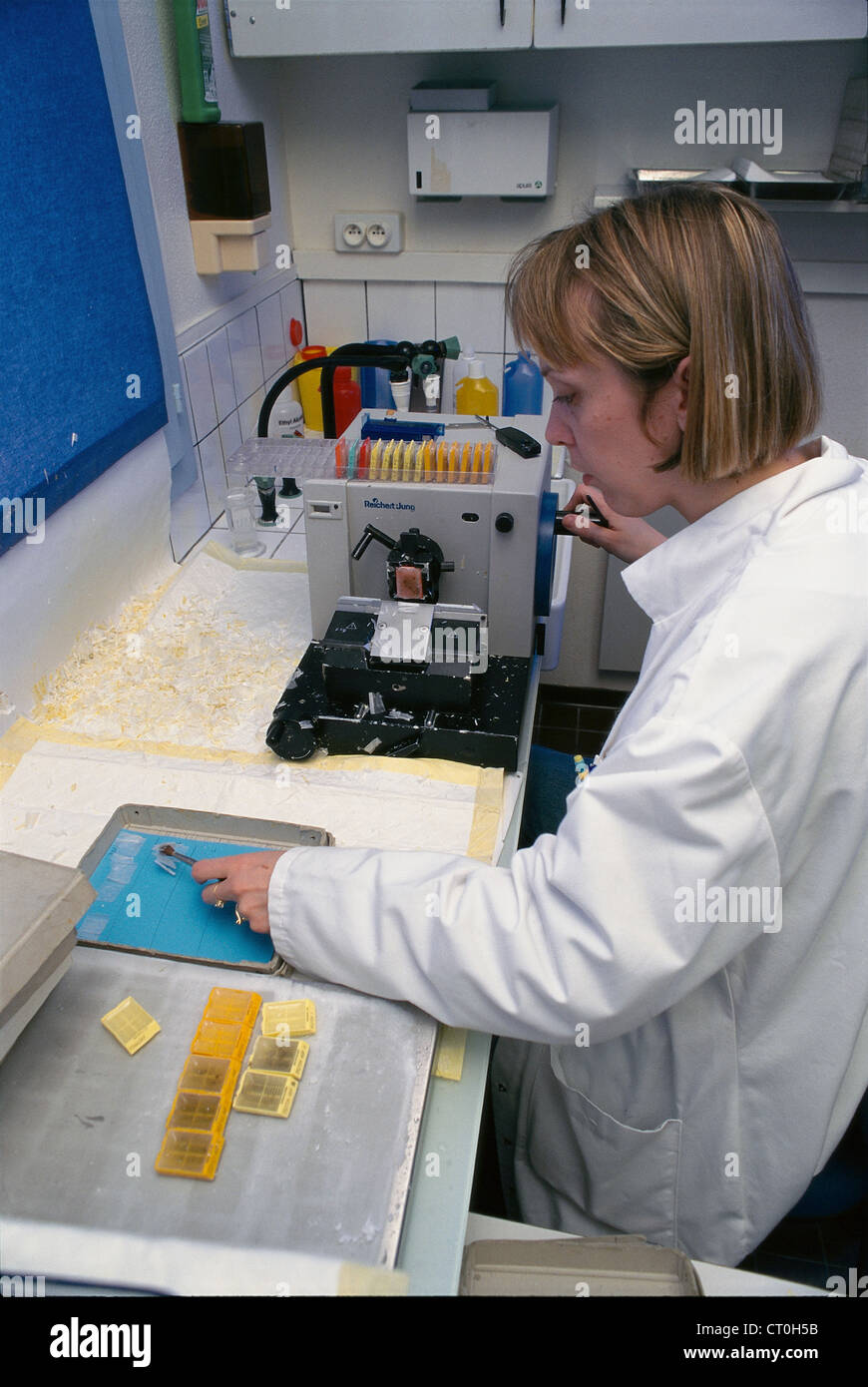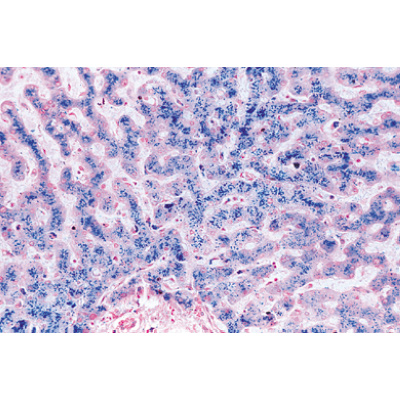

There are many medical specialties with long histories, but pathology ranks among the top three. They often work with pathologists and other doctors to determine the cause of death. Is An Anatomic Pathologist A Doctor?Īnatomic pathologists are doctors who specialize in diagnosing diseases by studying tissue and organs.

Clinical pathologist tests a person’s urine, blood, and saliva.Īnatomic pathology includes a wide range of disorders such as surgical pathology, biopsy pathology, cyto pathology, autopsies, and molecular pathology (for example, immunohistochemistry).Īnatomic pathology is primarily concerned with the evaluation of tissues, including individual cells removed from a Pap smear, mass aspiration via fine needle aspiration, or the evaluation of the entire body through an autopsy. Pathologists perform anatomic pathology, which is the examination of samples obtained through surgery. The primary distinction between clinical and anatomic pathology is the type of sample they are studying. As you gain more experience, he believes you will become a better physician. Wallace warns against pursuing a more compact program for the sake of shortening the learning experience. Residents can specialize in anatomic or clinical pathology. There is a wide range of work opportunities available in pathology. Pathologists work in a variety of settings, both indoors and outdoors, and their job descriptions can change. Pathologists use their microscopes to synthesize elements from the molecular laboratory. Anatomic pathology analyzes tissue samples both grossly and under the microscope at the same time. The pathologist’s work is divided into two parts: clinical and anatomic. They may also provide consulting services and give lectures. The main duties of an anatomic pathologist include performing autopsies, examining tissues and organs, and making diagnoses. Anatomic pathologists work in a variety of settings, including hospitals, clinics, and laboratories. The expected turn-around time for Anatomic and Cytopathology cases will vary depending on the number of specimens submitted, the size and complexity of the specimen and difficulty of diagnosis.Anatomic pathology is a medical specialty that is concerned with the diagnosis of disease based on the structural and functional abnormalities of the body’s organs and tissues. Our technical staff consists of Pathologist Assistants, certified Histotechnologists, Histotechnicians and Laboratory Assistants. In addition to general anatomic and clinical pathology, our board certified Pathologists also have subspecialty training in dermatopathology, hematopathology, cytopathology, and gastrointestinal and liver pathology. The anatomic pathology lab at The Pathology Laboratory is accredited by the College of American Pathologists. The pathologist gives the interpretation to the health practitioner, who will then treat the patient. The sample is examined under a microscope by a pathologist.

Another common cytology test is the cervical Pap smear.Īnatomic pathology specimens are processed by histology technicians and technologists. This service can be provided in our laboratory or at another location by special request. A diagnosis is usually rendered within minutes rather than days.

This method is applicable to palpable lesions, such as lesions to the breast, thyroid, lymph nodes, as well as, pediatric lesions. The FNA is relatively painless, fast, and inexpensive. A common cytology test is the Fine Needle Aspiration Biopsy (FNA). This is often aided by the use of special staining techniques and other associated tests, such as using antibodies to identify different components of the tissue.Ĭytopathology (cytology), is the examination of single cells or small groups of cells. Histopathology, involves examination of intact tissue, biopsies or resections. There are two main subdivisions within anatomic pathology.


 0 kommentar(er)
0 kommentar(er)
